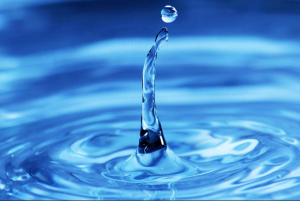California may be in drought, but the ideas keep flowing about different ways to conserve water in green buildings. Only recently have scientists began to truly understand how these obvious benefits to the environment may be adversely affecting human health. In a paper published in Environmental Science Water Research & Technology, researchers have aimed to quantify how these green building designs for water conservation aren’t really that great for us.
I may be slightly biased, but their microbiological findings were the most interesting in their report. Not entirely

surprising, researchers found that the absolute abundances of total bacterial levels were 2-4 orders of magnitude higher in green buildings than conventional buildings (measured by number of 16S rRNA genes in qPCR assay). The paper measures that the length of time water is stagnant is much higher in green buildings, creating a great opportunity for biofilm producing bugs to take over among several other factors. Speaking of which, one of my favorite biofilm producers got it’s own section in this paper — Legionella! Let’s not forget about Alex’s post this summer on these fun bugs who grew in cooling towers in the Bronx and claimed a dozen lives. The researchers found an average 8.91×10^4 gene copies/mL of Legionella gene markers in green buildings compared to an average of 100 (n=54) and 2.3×10^3 (n=90) gene copies/mL in conventional buildings. While the stagnant water is most definitely a culprit in this matter, the paper also measures significantly lower amount of disinfectants (like chlorine) in green buildings and temperature control that isn’t ideal for inhibiting microbial growth.
Alright, so how do we change green building design to make it safer for us? Well, green buildings either need to decrease their water age and/or add more disinfectants to their water systems. Although, doesn’t using more water and/or adding chemicals to the system defeat the point of green building design? Now I’m not an expert by any means in this field, but if this poor quality water was only used for flushing toilets, watering lawns, etc — would it still negatively impact our health? Could there be an additional treatment system in place for water intended for human consumption? I imagine there are plenty of factors at play in water quality that weren’t accounted for in this paper, such as seasonality changes, building materials, and even the quality of the original water source. Even those this paper sheds some concern on green building design, the benefits of green buildings to the environment and to our overall health still heavily outweigh the negatives.
Nice thoughts about green buildings and an article to recommend to those thinking about probiotics in buildings. The more moisture you add in a building, the more microbes will grow there. Not only the “good” ones, but also the opportunistic pathogens. I would rather end up in a clean and dry hospital than in one designed to enhance microbial growth. You get the fungi too, you know?